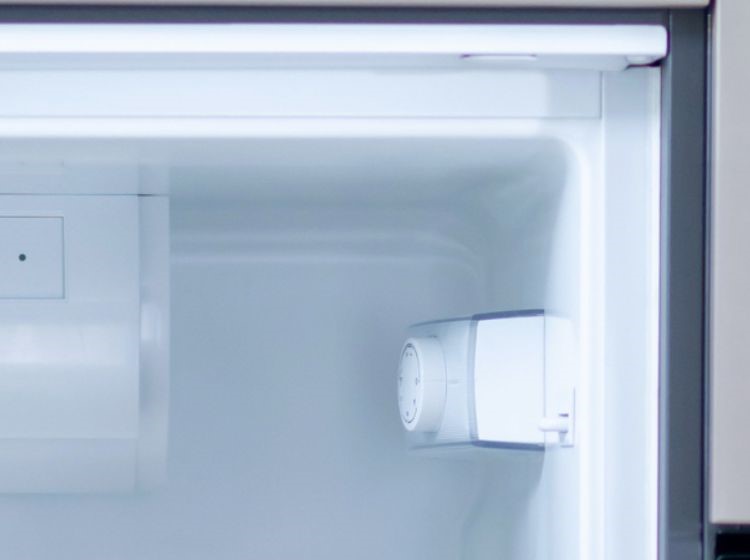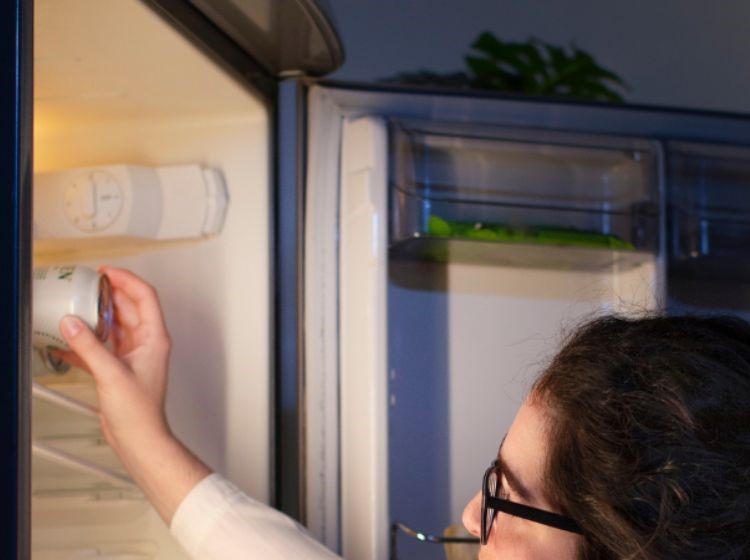
Got a question? We're happy to help
08719844416Setting your fridge to the right temperature is essential for food safety and energy efficiency. The correct setting helps preserve food quality, prevents spoilage, and can even lower your electricity bills. Most fridges perform best between 3°C and 5°C, but understanding what the numbers on your dial actually mean can be confusing. Here's our straightforward guide to finding the optimal setting for your fridge.

Most fridges have a temperature control dial numbered from 1 to 5 or 1 to 7. The higher the number, the colder your fridge will be. This can be counterintuitive, as many people assume a higher number means warmer.
For most standard fridges, setting the dial to the middle number (3 on a 1-5 scale or 4 on a 1-7 scale) typically achieves the recommended temperature of 3-5°C.
Modern fridges and fridge freezers often display the exact temperature in degrees Celsius, eliminating guesswork and making it easier to maintain food safety standards.
The Food Standards Agency recommends keeping your fridge below 5°C to slow bacterial growth and extend the safe storage time of perishable foods. Temperatures below 0°C will cause unwanted freezing of fresh produce.
The most reliable way to verify your fridge's temperature is with a fridge thermometer. Place it in the middle shelf (not in the door) and check the reading after 24 hours for an accurate measurement.
Without a thermometer, watch for these signs that your fridge temperature needs adjusting:
When adjusting your fridge temperature, make small changes. Move the dial by just one number, then wait 24 hours before checking again or making further adjustments. This patience ensures your fridge has time to stabilise at the new setting.
Remember that ambient room temperature affects fridge performance. You may need a colder setting (higher number) during summer months and a less cold setting (lower number) during winter.

Finding the right temperature setting for your fridge not only ensures food safety but also maximises energy efficiency, extends the life of your appliance, and reduces food waste – saving you money in multiple ways.
